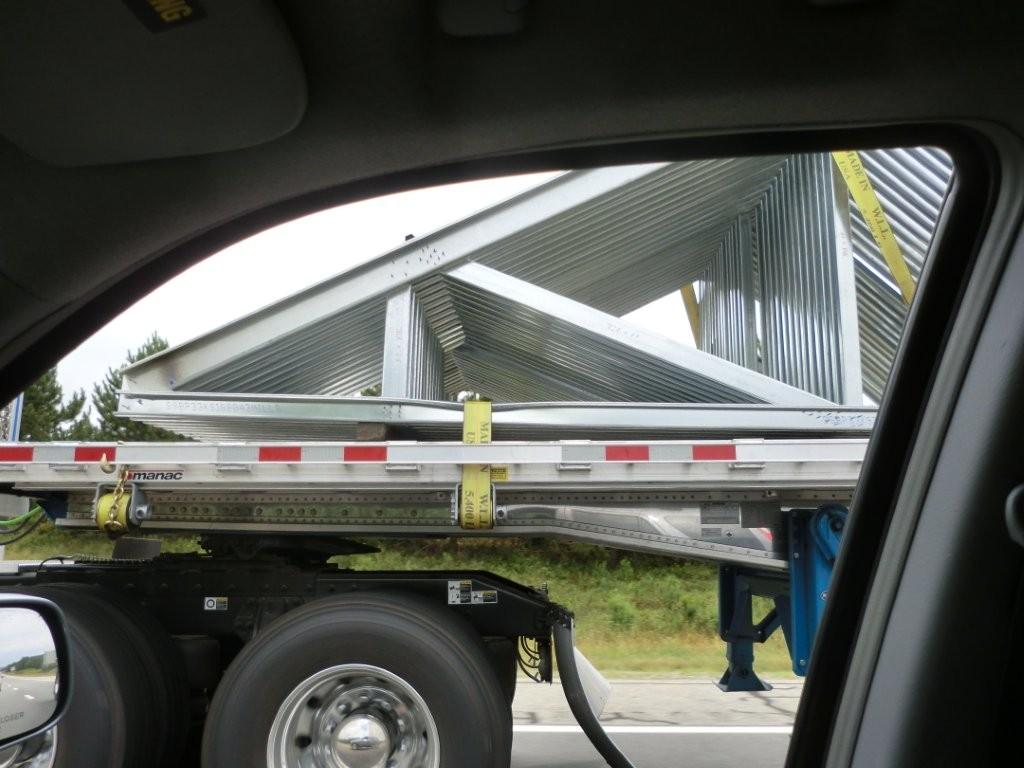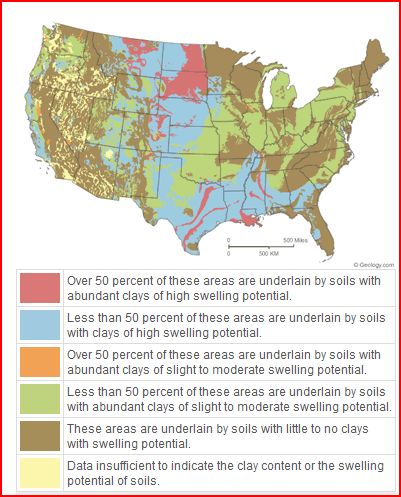You probably know by now how I try to find parallels (love that word, remember the parallel “l”s are on the inside, for those who have trouble with enunciation: go to Llewellyns and get a parallel ruler, ask for Lloyd!) in other fields to make my points. So this morning I thought: Medicine. Oops. Exactly the problem, not the solution. There used to be master builders who wrapped the whole mason, structural engineer, contractor role into one being. Not as many possibilities for foul ups. Now I just got referred by my GP to the dermatologist to the oncologist to the allergist to come up with a definitive diagnosis: non-specific dermatitis. My skin itches! So there is an unfortunate parallel. My son the general contractor called with a question about a foundation crack. There is an architect on the job, who will call the general contractor, who will call the structural engineer, who will call the civil, who will call the geotechnical, who may call the testing labs and the end result. There is a crack in the foundation, bridge it, patch it and find that the time and professional work involved amounts to many times the cost of a commonsense solution. At least they didn’t do a CAT scan and MRI on my itch! (We often do.) [So, very parenthetically: I think medicine is leaping ahead of building science. I just got a call from my medical provider, you remember all the brouhaha about human rights and insurance and health care? They have gone off line- no insurances accepted. Cash only. Now there is a master builder! A master healer??]



